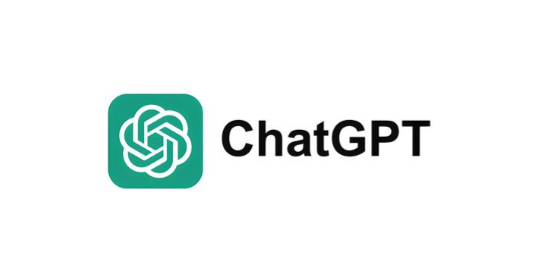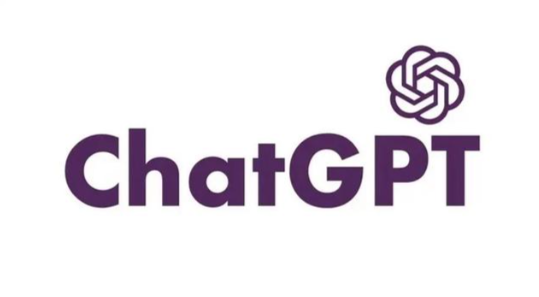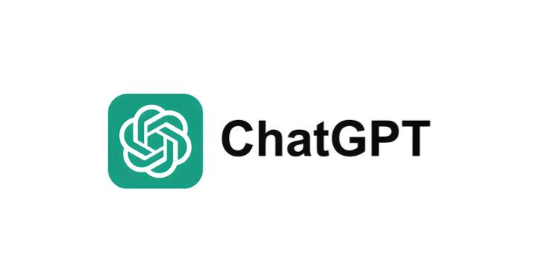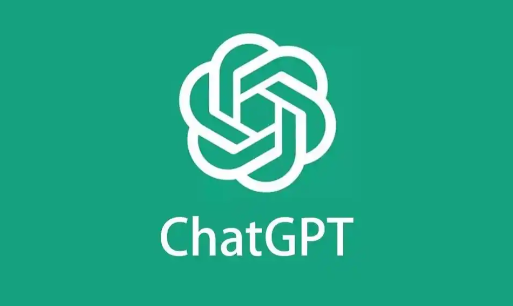The rise of AI-powered chatbots has revolutionised how we access information, but a critical flaw is undermining academic integrity and research reliability. ChatGPT Source Citation Problems have become a widespread concern as the popular AI model frequently generates fake references, non-existent URLs, and fabricated academic sources that appear convincingly real. Studies reveal that AI models fabricate anywhere from 18% to 69% of their citations, creating a crisis of trust in AI-generated content. Understanding these ChatGPT Citations issues is crucial for students, researchers, and professionals who rely on accurate information for their work ??
The Shocking Scale of ChatGPT's Citation Fabrication Problem
Here's something that'll blow your mind: ChatGPT Citations are often completely made up! Research shows that AI models can fabricate more than half of their references, with some studies indicating fake citation rates as high as 69% . This isn't just a minor glitch - it's a systematic problem that affects millions of users worldwide.
The scary part? These fake citations look absolutely legitimate. ChatGPT creates realistic-looking journal names, author names, publication dates, and even DOI numbers that seem authentic but lead nowhere when you try to verify them ??
Why ChatGPT Creates Fake References in the First Place
You might wonder why an advanced AI system would generate fake sources instead of admitting it doesn't know something. The answer lies in how ChatGPT works - it's designed to be helpful and provide comprehensive responses, even when it lacks specific information.
When you ask ChatGPT for sources on a particular topic, it doesn't actually search the internet or access a database of real publications. Instead, it generates text based on patterns it learned during training. This means it can create citations that follow the correct format but reference studies or articles that never existed
Think of it like this: ChatGPT knows what a citation should look like, but it doesn't know which specific citations are real. It's like having someone who understands the rules of writing but has never read the actual books they're referencing ??
Real-World Impact on Academic and Professional Work
The ChatGPT Source Citation Problems aren't just theoretical - they're causing real headaches in academic and professional settings. Editors, reviewers, and teachers are now spending extra time trying to detect fake references in submitted manuscripts and assignments
Students unknowingly include these fabricated citations in their research papers, leading to embarrassing situations when professors try to verify sources. Some universities have reported cases where entire reference lists contained non-existent publications, forcing them to implement stricter verification processes ??
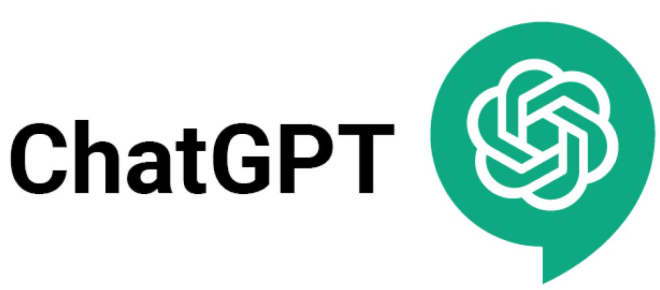
How to Spot and Avoid ChatGPT's Fake Citations
Don't panic though - there are ways to protect yourself from falling into the ChatGPT Citations trap. Here are some red flags to watch out for:
Always verify every single citation - If you can't find the source through legitimate academic databases or the publisher's website, it's likely fake. Don't just Google the title; check proper academic search engines like Google Scholar, PubMed, or discipline-specific databases.
Be suspicious of perfect citations - Real academic references often have quirks, abbreviations, or formatting inconsistencies. If all citations look perfectly formatted and follow identical patterns, that's a warning sign ??
Check publication dates and venues - Fake citations often reference non-existent journals or conferences. Cross-reference journal names with legitimate publication databases to ensure they actually exist.
The Bigger Picture: What This Means for AI Reliability
The ChatGPT Source Citation Problems highlight a fundamental issue with current AI technology - the difference between appearing knowledgeable and actually being accurate. This problem extends beyond just citations to other factual claims AI models make.
Interestingly, some researchers are now using these fake citations as digital fingerprints to detect AI-generated content. The fabrication problem has become so predictable that it's actually helping identify when someone has used AI without proper verification
This creates a fascinating paradox: ChatGPT's biggest flaw has become one of the most reliable ways to detect its use in academic work. It's like the AI is leaving breadcrumbs that reveal its involvement ??
Best Practices for Using AI While Maintaining Academic Integrity
Look, AI tools like ChatGPT can be incredibly helpful for brainstorming, drafting, and organizing thoughts. The key is using them responsibly while avoiding the citation pitfalls:
Never ask ChatGPT for source lists - This is where most people get into trouble. Instead of asking for citations, use AI for idea generation and then find your own legitimate sources through proper research channels.
Treat AI suggestions as starting points - If ChatGPT mentions a concept or study, use that as a lead to find real research on the topic. Don't copy-paste anything without independent verification.
Maintain transparency - If you use AI tools in your research process, be upfront about it (where appropriate) and ensure all final citations come from verified sources ??
The ChatGPT Source Citation Problems serve as a crucial reminder that AI technology, while powerful, isn't infallible. These tools are designed to be helpful and convincing, but they can't replace critical thinking and proper research methodology. As AI becomes more integrated into our daily work, developing strong verification habits becomes essential. The key isn't to avoid AI entirely, but to use it wisely while maintaining rigorous standards for accuracy and authenticity. Remember, a citation is only as good as the source it references, and in the age of AI, that means double-checking everything. By staying vigilant and following proper verification procedures, we can harness AI's benefits while avoiding its pitfalls. The future of research depends on our ability to balance AI assistance with human oversight and critical evaluation ??



